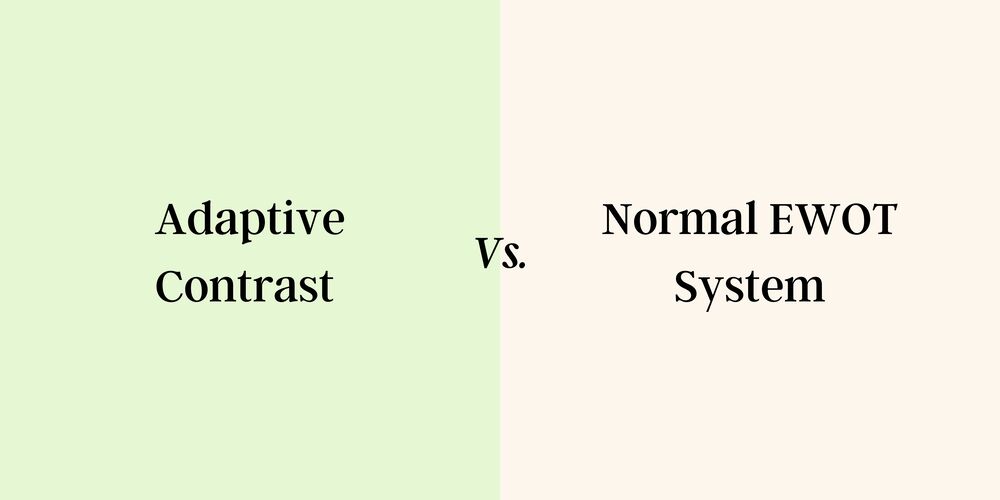Contraste adaptatif – Tout ce que vous devez savoir
Entraînement adaptatif au contraste – Tout ce que vous devez savoir
13 décembre, par Shilpa Unnikrishnan

Vous n'êtes pas sûr du buzz entourant l'approche EWOT et Contrast Training ? Tu n'es pas seul. Ici, nous essayons de clarifier les choses.
Qu’est-ce que l’entraînement adaptatif par contraste ?
L'entraînement au contraste/le contraste adaptatif me conviennent-ils ?
La connexion hypoxie-inflammation est-elle une voie à double sens ?
Système EWOT standard par rapport au système avec formation de contraste
| Fonctionnalité | Système EWOT standard | Système avec formation de contraste |
|---|---|---|
| Formation de contraste | Produit via la gestion de la fréquence respiratoire ou du masque d'entraînement en altitude | Disponible à partir d’équipements supplémentaires. |
| Approche de formation | Respirer des niveaux d'oxygène plus élevés avec un entraînement par intervalles en option. | Entraînement par intervalles avec contraste adaptatif. |
| Conditionnement aérobie/anaérobie | Intègre des éléments d'entraînement aérobie et anaérobie | Intègre des éléments d'entraînement aérobie et anaérobie |
| Cohérence de la vasodilatation | Cohérent ou variable tout au long de l’entraînement | Varie selon les intervalles de contraste |
| Rentabilité | Plus rentable | Associé à des coûts plus élevés pour les fonctionnalités ajoutées. |
| Facilité d'utilisation | Simple et convivial | Une courbe d’apprentissage plus abrupte en raison des fonctionnalités du système. Supprimé « avancé » |
| Réponse en oxygène | Réponse variable à une gestion accrue de l’oxygène et du CO2 | Réponse variable à l'augmentation de l'oxygène via un contraste adaptatif |
| Amélioration de performance | Gains de performances potentiels illimités. | Destiné à améliorer l’endurance et l’utilisation de l’oxygène |
| Inclusivité pour les défis de santé | Peut être utilisé par des personnes souffrant de maladies chroniques ou en phase de récupération | Déconseillé aux personnes souffrant de maladies chroniques en raison d'effets inflammatoires potentiels |
Pourquoi ne recommandez-vous pas la formation sur les contrastes ?
Intégrer les effets de l'entraînement par intervalles ou par contraste dans votre programme de remise en forme
Emporter

Rencontrez Mike White
Rencontrez Michael Grant White, le coach de respiration optimale et obtenez des informations concrètes sur votre développement respiratoire, votre santé et votre longévité.




